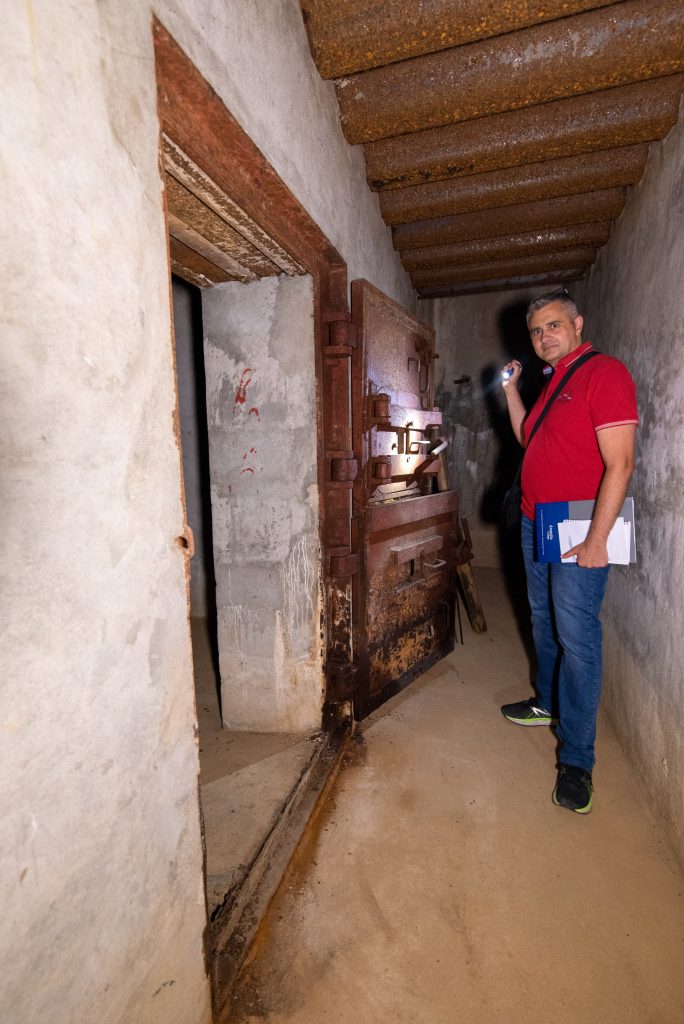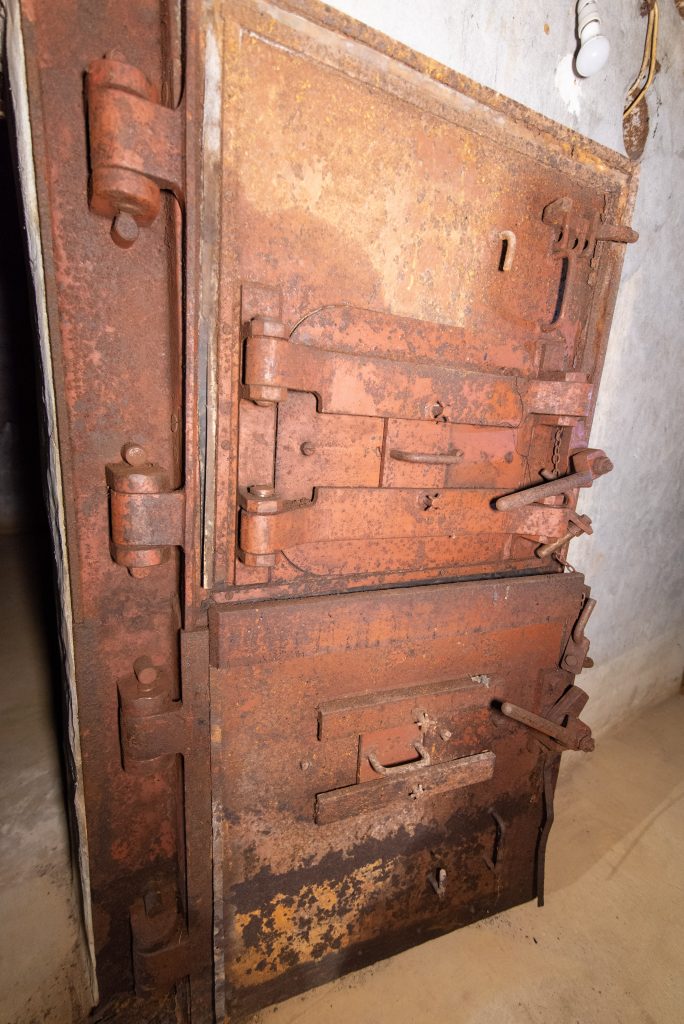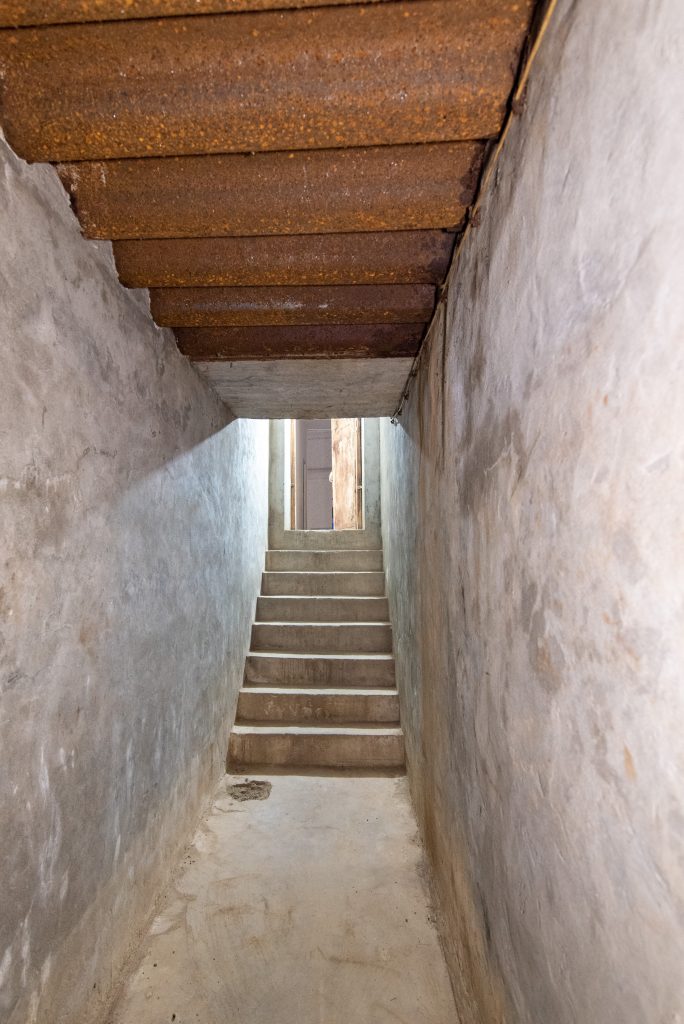
Bunker Archaeology: The WW2 German “underworld” of Anatolia College in Thessaloniki, Macedonia, Greece, by Konstantinos Kirimis
Bunker Archaeology, Photo gallery, WW2 in GreeceBy Pierre Kosmidis
Photos and info submitted to www.ww2wrecks.com by Konstantinos Kirimis, used by permission
Konstantinos Kirimis, a respected researcher and author visited the Anatolia College WW2 bunkers, which were designed and constructed by the German Occupation Forces.
During the occupation of Greece (1941-44) the German forces stationed in Thessaloniki, Macedonia, Greece, used the Anatolia College, as a regional Balkan Headquarters. In order to protect the staff stationed there, from aerial bombings , the Germans built two underground bunkers.

Both bunkers are still in quite good condition, and it is very positive that the Administration of the College, is actively seeking to promote the history of the bunkers.
A recent (2019) event entitled “Filling the void : Examining and transferring history to a new generation”, organised by the College and the German Consulate, highlighted the perspective of using the bunkers as a modern interactive history museum.

The first bunker is the smallest of the two. It consists of a single gallery (approximately 10 meters) with two rooms on one side. However, it still has a very significant historical footprint, because in it, the original armored doors remain intact.

Despite the fact that many German WW2-era bunkers can be still found all-over Greece, it is very rare to find original armored doors of this kind. The specific doors are classified as “434P01” (or a similar variant of this type) and each one weights approximately 640 kilos.

It is interesting to note that this type of door consisted of two panels (an upper and a lower one), each of which could open individually. This could prove useful, in case debris had fallen on the floor. In such a case, the lower panel of the door could not open, however exit would be possible from the upper panel.

The second bunker is the most impressive of the two. It is a typical “caved bunker” (“Hohlganganlage”) of the era, consisting of 4 main galleries and 3 rooms.
The overall length of the galleries, is approximately a 100 meters. It has three entrances/exits, two of which still remain accessible.

The construction material is stone on the arched roof and cement on the walls. Special mention must be done to one of the entrances, which leads approximately 15 meters below the surface, using a very narrow staircase.

Of historical importance is also the section of another gallery, which is not finished in some parts. This allows the visitor to see a sort of “cross-section” and understand how the dug-hallways were built-up and converted to fortified galleries.

We hope that in the near future, these bunkers will indeed be turned to “vehicles” that will highlight the troubled WW2 period of Thessaloniki and the “underground world” of the shelters built back then.

The author would like to thank :
- The Administration (Mr. I.Tsorbatzoglou) and the Public Relations Office (Mrs. Olga Tsantila) of Anatolia College, for granting the visiting-permission.
- John Arseniadis, for his help in photographing the bunkers.
